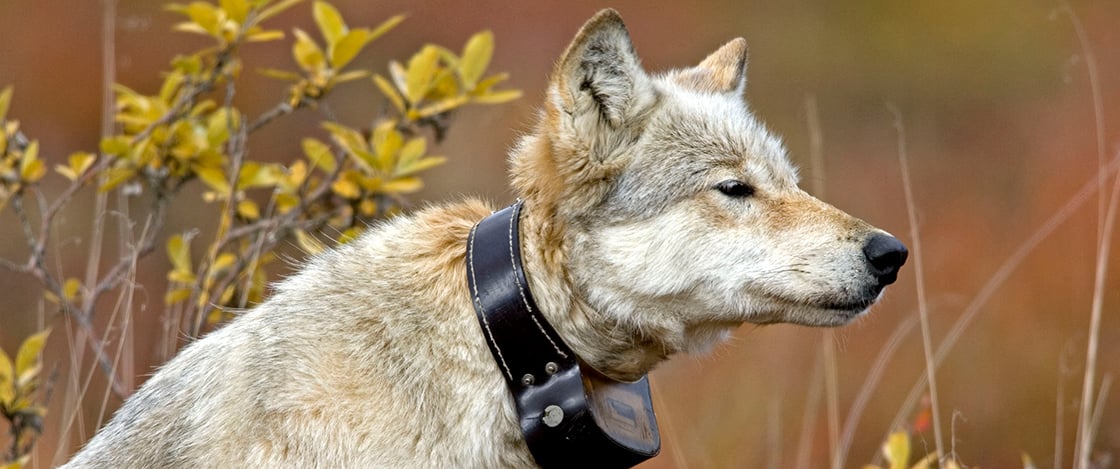Imagine you are a gray wolf in the Montana wilderness. You are one of the most fearsome predators on Earth. Your 42 razor-sharp teeth can rip flesh and crush bone. You can sniff out a deer a mile away. Animals many times your size flee in terror at the sight of you.
You aren’t just any wolf either. You are the alpha of your pack. That means you are the leader. You dominate the seven other wolves in your pack, standing tall and proud over them. You decide when the pack eats and when the pack travels. You also decide when the pack hunts.
Your kills are as dramatic as a high-speed car chase in an action movie. You will stalk a herd of elk for days and days before choosing one to eat. You aren’t afraid to go after an elk that is 500 pounds heavier than you, though you do prefer the weakest ones—the oldest or youngest or sickest.
When you’re ready to strike, you and your pack work together in deadly harmony. You chase your target until it’s alone, separated from its herd and utterly exhausted. Then you and your pack pounce, latching on to the elk’s neck and legs with your powerful jaws—until at last the elk collapses in a bloody heap.
You and your pack then begin to feast, your bellies swelling with flesh, your faces turning red with blood.
As a wolf, you are more than a magnificent predator: You are an apex predator—at the top of the food chain. But in spite of your powers, you face many threats. One kick from an elk or a moose can break your jaw. Diseases like mange can cause you to lose your fur, leaving you shivering in the cold. Other wolves can challenge you to a deadly fight for control of your territory.
But there is one creature that threatens you more than any other.
Humans.
For hundreds of years, humans in America have hunted, poisoned, and trapped your kind. They have driven your species almost to extinction.
And they aren’t finished with you yet.
Imagine you are a gray wolf in the Montana wilderness. You are one of the most fearsome predators on Earth. Your 42 razor-sharp teeth rip flesh and crush bone. You can sniff out a deer a mile away. Animals many times your size flee in terror at the sight of you.
You aren’t just any wolf either. You’re the alpha of your pack. That means you are the leader. You dominate the seven other wolves in your pack, standing tall and proud over them. You decide when the pack eats and when the pack travels. You also decide when the pack hunts.
Your kills are as dramatic as a car chase in an action movie. You will stalk a herd of elk for days before choosing one to eat. You will go after an elk that is 500 pounds heavier than you, though you do prefer the weakest ones— the oldest, youngest, or sickest.
When you’re ready to strike, you and your pack work together. You chase your target until it’s alone, separated from its herd and exhausted. And then you and your pack pounce, latching on to the elk’s neck and legs with your powerful jaws until the elk collapses in a heap.
Then you and your pack begin to feast, your bellies swelling with flesh, your faces turning red with blood.
As a wolf, you are more than a great predator. You’re an apex predator—at the top of the food chain. Still, you face many threats. One kick from an elk or a moose can break your jaw. Diseases like mange can cause you to lose your fur, leaving you shivering in the cold. Other wolves can challenge you to a deadly fight for control of your territory.
But there is one creature that threatens you more than any other.
Humans.
For hundreds of years, humans in America have hunted, poisoned, and trapped your kind. They have driven your species almost to extinction.
And they aren’t finished with you yet.


